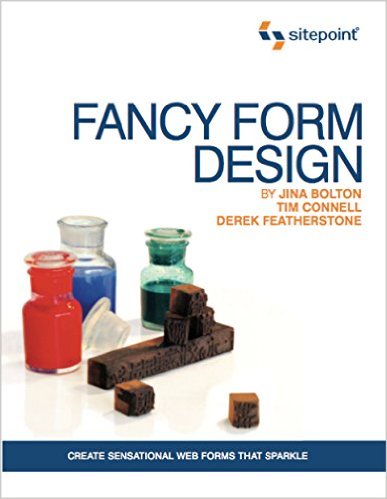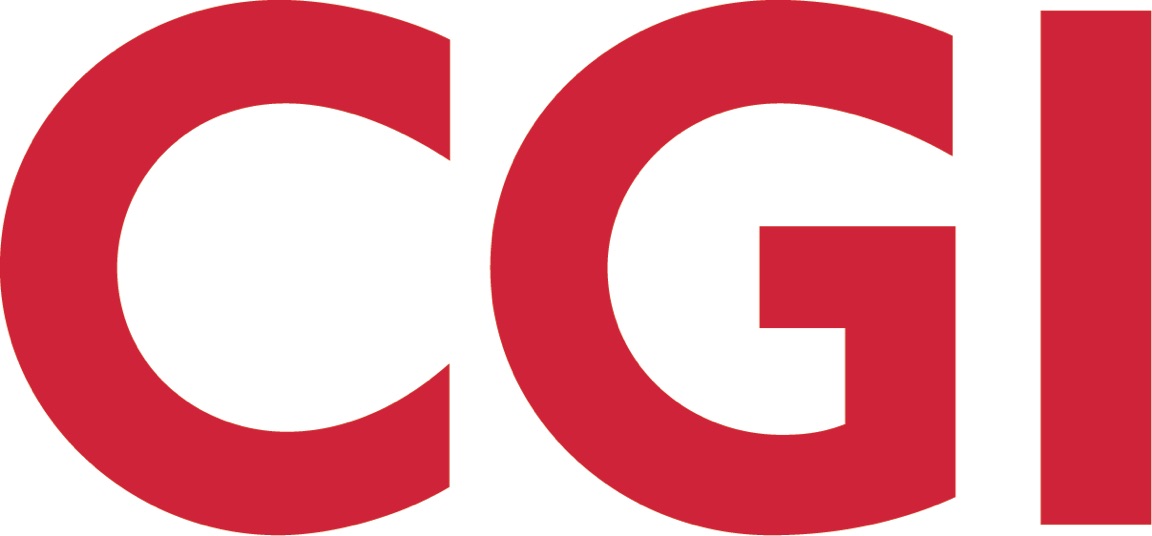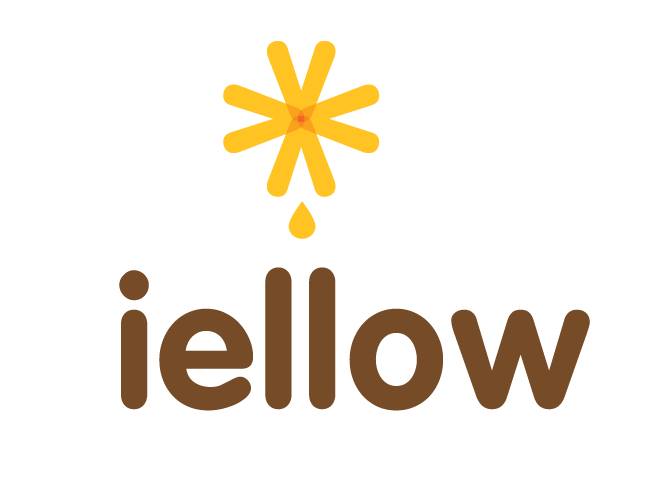-
Lauren is a content designer, writer, and editor based in Chicago. She’s currently on the Conversation Design team at Capital One, where her most recent work involves creating trusted, likeable Conversational UIs. Lauren loves to talk about things like honest UX, content-first UX design, and designing for trust. She’s shared her ideas at conferences around the world, including the Design & Content Conference in Vancouver, WebVisions Berlin, and UX Camp in Chicago. She also regularly leads workshops and mentors at Designation, a UX bootcamp, and co-organizes Chicago’s UX Strategy Meetup. If you want to get her talking, ask her what she’s reading, or where she’s hoping to travel to next. You can find her on Twitter as @laurenlookayz, and can connect with her here on LinkedIn.
-
Author of:
Fancy Form Design:
Create Sensational Web Forms That Sparkle
with Tim Connell and Derek Featherstone Sitepoint
24
09:00 - 12:30
Room 226
09:00 - 12:30
Room 2Workshop
Content-first UX Design
As designers, we all know that creating a product that people know how (and actually want!) to use is everything. What isn’t always obvious, though, is whether a usability problem is in fact an understandability problem. The words you’re using in your experience could be at fault here. Luckily, it’s an easy fix, if you know how to solve for it.
By starting a project with a content-first approach, you’re more likely to build the right thing and design a great experience the first time around. You can solve for major points of confusion at the outset, and anticipate the information people need to make the experience memorable.
By testing content in low-fidelity prototypes (i.e., a Word doc!) you can objectively determine whether your content works, first, before you invest a lot of time in designing something that isn’t actually usable. Instead of letting design drive content, starting with your content is the best way to plan for, test, and design for understandability. It can make your experience dramatically more effective. A beautiful, thoughtfully curated design is wonderful to look at, but a beautiful design with the right content is far more usable.
Lauren will introduce us to how her team practices content-first design, and architect information for understandability. She’ll dig into how to create content prototypes, run content tests, and design experiences that feel like personalized conversations.
Topics We'll Cover
- Content-first UX design: How it works and why it matters.
- Conversation Design principles: How to design natural, use case specific, contextually relevant content across every touchpoint of a customer’s experience with your product. Does your flow feel like a real conversation?
- Designing for contextual learning: How to give customers feedback along the journey that helps them understand what’s happening and why, develop skills, and reengage.
- How to create tools like a Content Workbook and Language Board. These tools help you dig into the core messaging that a customer needs to get them through the journey. They also help you organize your learnings and create a shared language to talk about the work you’re doing with internal stakeholders.
- How to create content prototypes and test them with customers to validate ideas and capture the real language people use to describe their experiences.
- How to encourage others (product managers, developers, designers, legal) to be a part of your content design process.
You'll Learn How To
- Increase your ability and confidence to write content, even if you’re not a writer.
- Design powerful and compelling conversations with your customers by using contextually relevant, natural language.
- Plan your user experience with text (the lowest fidelity!) in a Google doc.
- Create Language Boards and Content Workbooks to facilitate design discussions across silos.
- Build content prototypes.
- Test content for understandability by getting your words and designs in front of customers earlier in the process.
- Launch engaging products faster by solving content problems before jumping to design solutions.
Who Should Be There And What You Should Bring
Everyone is welcome! The more the merrier. Bring your laptop–we’ll be using Google docs for some of the activities. Also, please bring a pen and paper.
26
16:50 - 17:25
Auditorium ITalk
Because McLuhan
“What if McLuhan is right? Suppose he is what he sounds like – the most important thinker since Newton, Darwin, Freud, Einstein and Pavlov?” – Tom Wolfe (1969)
Folks from within the community of UX practice have been calling for the death of the wireframe since the early ‘oughts. And now with the rise of Agile, the death-knell is ringing from without. Just so you know: they are coming for the rest of our deliverables.
How in today’s Lean world do we situate the role of depiction and documentation in our process? If in the past we were doing it wrong, how do we go forward doing it right?
This presentation introduces Marshall McLuhan’s four laws of media, as applied to UX design and software development. Attendees will learn how to analyze the media we use to depict, deliver and approve our ideas while avoiding subtle and pernicious traps that lurk in the interplay between medium and message.


























